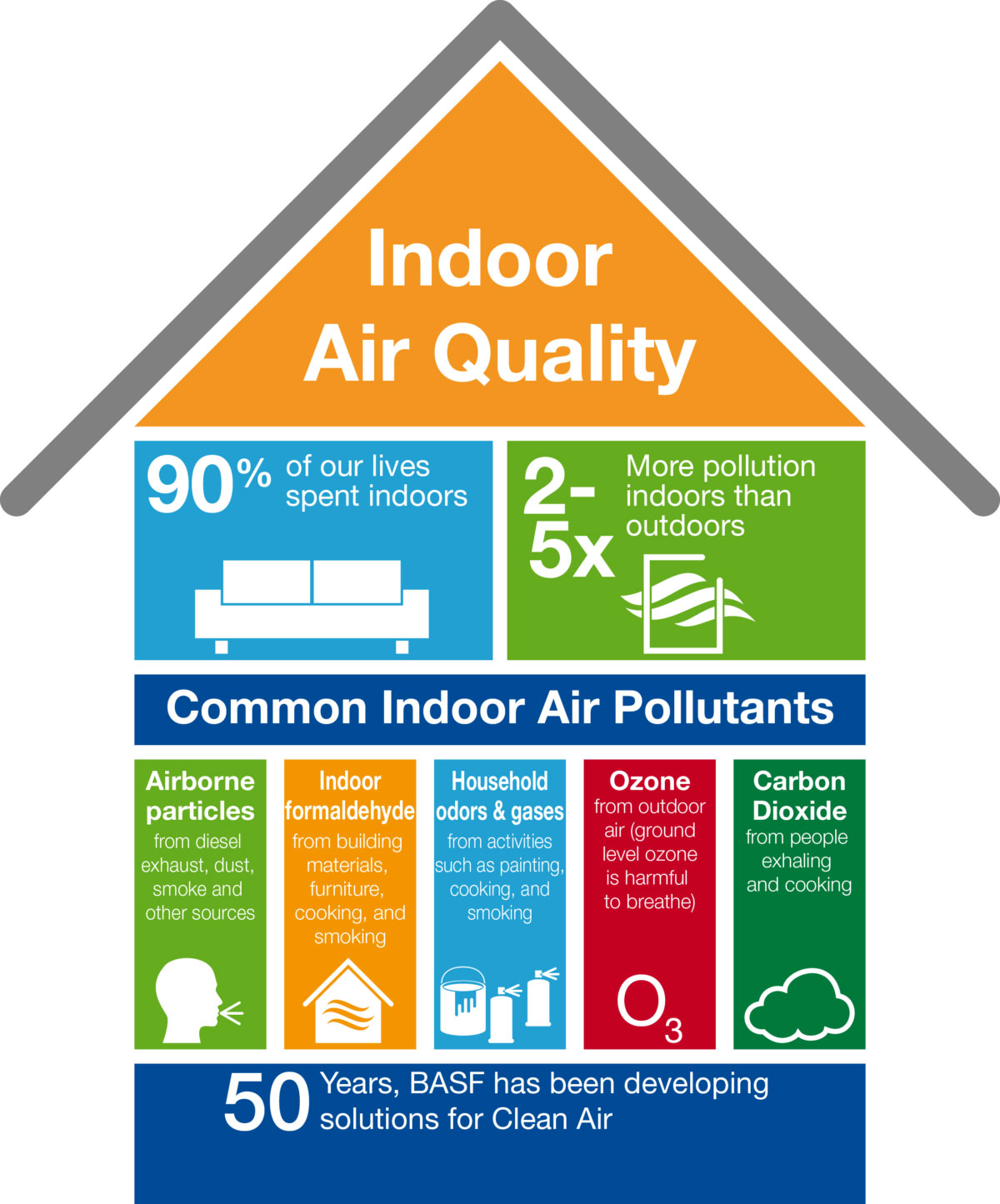Indoor air quality should be one of the most important things in our daily life. Americans, on average, spend approximately 90 percent of their time indoors, where the concentrations of some pollutants are often 2 to 5 times higher than typical outdoor concentration. Therefore if you have a poor air quality in your home, you are more likely to get sick. Remember you are breathing the same air over and over again because the ac system is recycling the same indoor air and dehumidifies it if the system working properly.
Dangers of poor IAQ & the true cost of overlooking indoor air quality.
Many of us attribute our sneezing and runny noses to allergies caused by outdoor seasonal triggers, yet the EPA (federal Environmental Protection Agency) has determined that the air inside can be at minimum 2 to 5 times more polluted than outside.
Even though the EPA has ranked indoor air pollutants among the top 5 environmental risks to public health, it’s not exactly a topic that comes up over a sandwich in the breakroom. Here’s why indoor air quality should not be ignored:

- 50% of all illnesses are caused or aggravated by poor indoor air quality.
- Poor indoor air quality costs businesses up to $168 billion annually – The U.S. Department of Energy (DOE). Medical care and absenteeism contribute significantly to those costs.
- Employers can increase workforce performance by roughly 10 % by implementing indoor air quality solutions – DOE.
- A study cited by Kimberly-Clark Corporation found that for every 10 workers, poor indoor air quality caused an additional 6 sick days per year.
- By controlling contaminants such as dust mites, asthma cases can be reduced by 55 to 60%.
Now that indoor air quality directly correlates with your employees’ health and productivity, wouldn’t it make sense to consider indoor air quality solutions?
How your HVAC system impacts air quality
Most of us spend 90-percent of our time indoors and for many the majority of that time is spent at work. Many tend to think of HVAC as a means to cool a room when it’s hot or heat a room when it’s cold. But a well-designed system does more than pump cold and hot air into our space. It maintains a consistent temperature to promote healthy indoor air quality.
The air you inhale at work is filtered through an HVAC system, which brings in air from the outside. So, your HVAC system is bringing outdoor pollutants inside and those unwanted contaminants can stay inside, if your HVAC system isn’t functioning properly or serviced regularly. There are indoor air quality solutions that will prevent untreated outdoor air from invading your indoor space and protect you from contaminants.
When you forego routine HVAC maintenance, pollutants can get trapped inside your equipment and ductwork. Your indoor air quality problems can be compounded if neglected HVAC maintenance results in moisture problems. Moisture can lead to the growth of dangerous mold and mildew and can spark the spread of bacteria and viruses. Find out more about how to get an HVAC maintenance plan for your specific needs:
You can breathe a sigh of relief because Prime Air Conditioning can provide you with clean, healthy air.
System design
Most of us put a high priority on breathing in clean air. So, what are the components of an HVAC system that will provide you, your family or employees with the air quality necessary to foster a healthy atmosphere?
A properly designed ventilation system is critical because ventilation provides the right balance of gases and ensures that the air you breathe doesn’t contain too much carbon dioxide. It also controls odors and removes contaminants from occupied spaces. Sometimes correcting ventilation problems is just a matter of relocating intakes, adding makeup air or moving ductwork.
An important part of healthy indoor air quality solutions is humidity control. When maintenance is overlooked, condensate lines and drain lines can become clogged with sentiment. The result is – the moisture that your HVAC system is removing from the air becomes trapped. All that accumulating water is a breeding ground for mold, mildew and bacteria, which collects inside your equipment and can even travel to your ducts.
